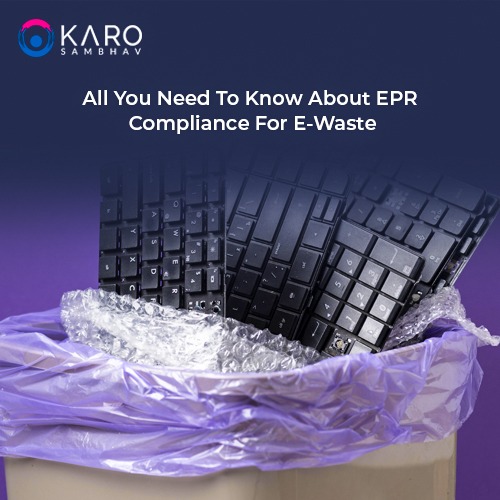How We Can Turn e Waste into a Resource for Good
Digging
Deeper into the E-Waste Disposal Concern
Electronic devices have become a crucial part of our lives - continuously progressing to meet the growing demand for better and fresh technologies. As a result, e-waste has become one of the most significant growing waste streams across the world. The e-waste disposal leads to quite a huge amount, and the incorrect handling releases toxic elements like cadmium, lead, and mercury, contaminating the soil, air, and water.
The
Circular Economy Approach
The circular economy is a revolutionary concept that aims to move away from the traditional "take, make, dispose" linear consumption model and instead embraces a regenerative and restorative approach. It focuses on reducing waste, reusing products, and recycling materials to keep them in circulation for as long as possible.
The circular economy approach is an important part of everyone’s lives. This concept tends to undergo a paradigm shift of the linear consumption model involving ‘take, make, dispose’ and embraces a restorative and regenerative approach. The main focus is the reduction of waste, resuing of products, and also proper e-waste management. One should be aware of the ‘e-waste collection point near me’ and list them all down for proper disposal of e-waste.
Opportunities for e Waste Transformation
1. Innovative Recycling Technologies: The continuous progress in recycling technologies has made it feasible to recover necessary materials from eWaste in a more effective manner. Mechanical shredding, hydrometallurgical extraction, and pyrometallurgical techniques can filter and recover precious metals like gold, silver, and copper from electronic waste component.
2. Extended Producer Responsibility (EPR): EPR e-waste programs shift the accountability for handling e Waste from consumers to manufacturers. By considering the producers accountable for the entire lifecycle of their products, EPR encourages design for recycling, making it easier to recover materials and reduce waste.
3. Repair and Refurbishment: Encouraging the repair and refurbishment of electronic devices can extend their lifespan and delay their entry into the waste stream. Repair cafes and refurbishment centres offer valuable services that not only save money for consumers but also contribute to a reduction in e-waste generation.
4. Secondary Markets and Trade: Establishing secure and regulated secondary markets for used electronics can facilitate the trading of functional devices, reducing the demand for new products and minimising e-waste generation.
5. Educating and Raising Awareness: Educating consumers, businesses, and policymakers about the impact of e-waste and the benefits of the circular economy is crucial. Promoting responsible e-waste management practices and fostering a culture of recycling and resource conservation can drive positive change.



Comments
Post a Comment